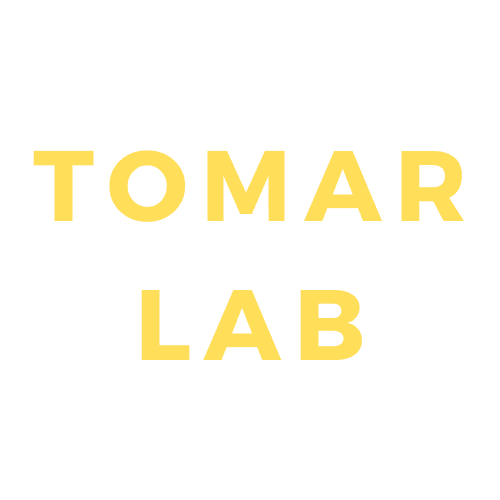Abstract
The work presented in this study, elucidates the change in surface properties of UHMWPE polymer, as a result of microwave assisted Electron Cyclotron Resonance (ECR) plasma. The ECR plasma was found to be suitable to enhance the surface energy and generate Csingle bondN/Csingle bondO related functional groups that were found to be associated with enhancement of cellular adhesion. In order to investigate its application in bone tissue engineering, interactions of modified UHMWPE with two major classes of bone cells: osteoblasts and osteoclasts, has been elaborated. The results clearly indicate a positive cellular interaction of the polymers treated for 1 min with O2 plasma as compared to their HN plasma treated counterparts. However, we also emphasize that the type of plasma and the duration of treatment, play a major role in governing the proliferation and differentiation of a particular cell type. This means that the duration of plasma treatment governs whether the polymer surface would support osteoblast or osteoclast differentiation. The present study is first of its kind to highlight the culture of two types of bone cells on modified polymer surfaces. The results provide an overview that 1 min O2 treatment support osteogenesis whereas 2 min O2 treatment favors osteoclast.

